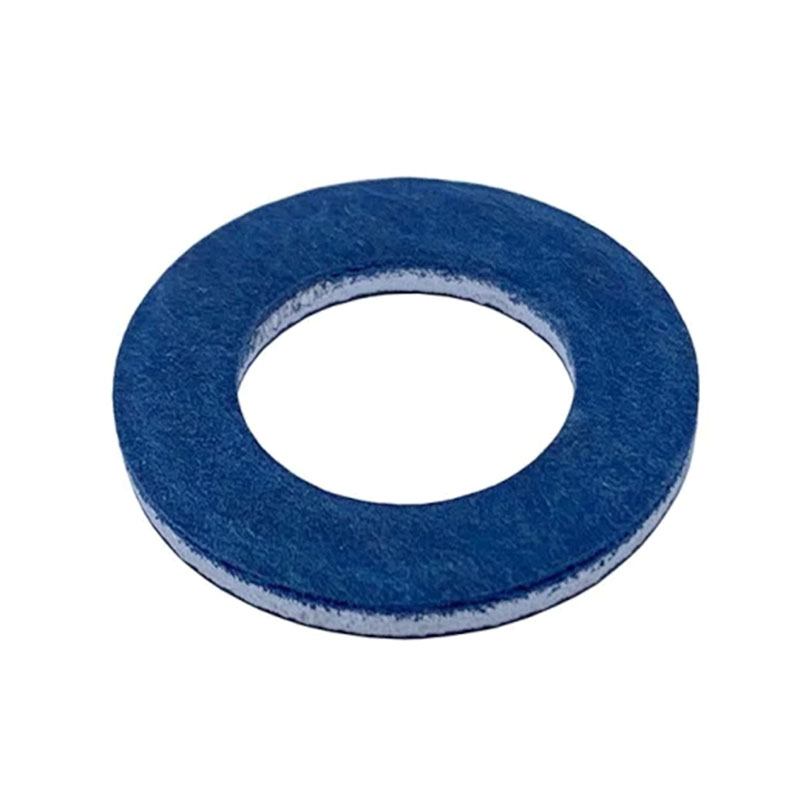automatic transmission input shaft seal
Understanding the Automatic Transmission Input Shaft Seal
The automatic transmission is a vital component of modern vehicles, facilitating smooth gear transitions and enhancing driving comfort. Among its many parts, the input shaft seal plays a crucial role in maintaining the overall functionality and reliability of the transmission. This article explores the importance of the automatic transmission input shaft seal, how it works, common issues associated with it, and necessary maintenance practices.
What is the Input Shaft Seal?
The input shaft seal is a rubber or neoprene component that prevents transmission fluid from leaking at the point where the input shaft enters the transmission case. The input shaft connects the engine to the transmission, transferring power to the gearbox. This seal is essential in keeping the transmission fluid contained, ensuring that it remains at the optimal level for effective gear operation and lubrication.
How Does It Work?
When the engine runs, it generates power that is transmitted through the input shaft to the transmission. As the shaft rotates, the input shaft seal maintains a tight seal around the shaft's circumference, preventing fluid from escaping. The hydraulic pressure created by the transmission fluid is crucial for shifting gears smoothly and maintaining transmission performance. If the input shaft seal fails, it can lead to fluid leaks, lower fluid levels, and consequently, transmission problems.
Common Issues Associated with the Input Shaft Seal
One of the most prevalent issues related to the input shaft seal is leakage. Over time, seals can deteriorate due to wear and tear, exposure to extreme temperatures, and the natural breakdown of rubber materials. A leaking input shaft seal can result in a variety of symptoms, such as
1. Transmission Fluid Puddles Visible puddles or stains beneath the vehicle can indicate a leaking seal. Transmission fluid is typically reddish in color, making leaks easy to spot.
2. Low Fluid Levels Regularly checking the transmission fluid level is essential. If the fluid is consistently low, it may indicate a leak at the input shaft seal.
automatic transmission input shaft seal

4. Overheating A lack of fluid can lead to overheating of the transmission, resulting in potential damage and costly repairs.
Maintenance and Replacement of the Input Shaft Seal
To prolong the life of the input shaft seal and ensure the smooth operation of the automatic transmission, regular maintenance is essential. Here are some tips
1. Regular Fluid Checks Monitoring the transmission fluid levels and condition is crucial. Change the fluid according to the manufacturer’s recommendations to prevent contamination and maintain its effectiveness.
2. Address Leaks Promptly If you notice signs of leakage, have the vehicle examined as soon as possible. Prompt repairs can prevent further damage to the transmission system.
3. Quality Parts If a replacement is necessary, opt for high-quality seals and parts. Using manufacturer-recommended components ensures compatibility and reliability.
4. Professional Inspections Regular check-ups by a professional mechanic can catch problems early. Mechanics can inspect the input shaft seal and surrounding components for wear and potential failures.
Conclusion
The automatic transmission input shaft seal plays an essential role in ensuring the efficient operation of a vehicle's transmission. By understanding its function and recognizing the symptoms of potential issues, drivers can maintain their vehicles more effectively. Regular inspections, prompt repairs, and proper maintenance practices can help avoid costly transmission problems and ensure a longer vehicle lifespan. Investing in the health of your vehicle’s transmission system, including the input shaft seal, is a wise decision for any conscientious car owner.
-
Understanding Automotive Oil Seals: Essential Components for Engine and Shaft Protection
News Jul.30,2025
-
The Importance of Heavy Duty Seals in Industrial and Residential Applications
News Jul.30,2025
-
Exploring Industrial Oil Seals: From Felt Oil Seals to TTO and CFW Solutions
News Jul.30,2025
-
Essential Guide to Oil Seals: From Radial to Metal-Cased Seals for Industrial Reliability
News Jul.30,2025
-
Choosing the Right Oil Seals and Gaskets for Industrial and Automotive Applications
News Jul.30,2025
-
Cassette Seals: Durable Sealing Solutions for Harsh Environments
News Jul.30,2025
-
Understanding the Front Main Engine Seal: Purpose, Maintenance, and Installation
News Jul.29,2025
Products categories















